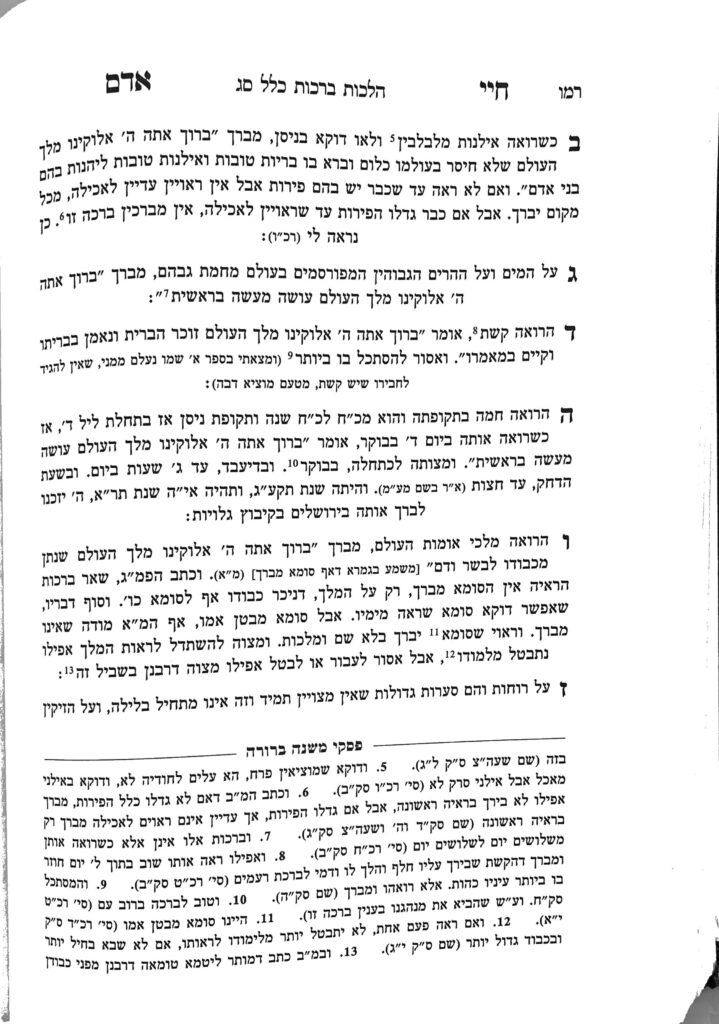We are beginning siman 5.The Chayei Adam discusses birchas hachama.
If one sees the sun at the restart of its cycle, which takes place at the beginning of tekufas Nissan, and occurs once every 28 years at the beginning of the 4th day of the week, they recite the bracha of oseh maaseh bereishis.
The Gemara makes the calculation of the specific time that Hashem put the sun and moon into the sky during maaseh bereishis. The sun returns to that specific place once every 28 years. When it returns to its original place, it reminds us of the original maaseh bereishis, so we recite the bracha of oseh maaseh bereishis.
Lechatchilla, the mitzvah should be said at sunrise, but it can be said until three hours after sunrise. Bedieved, it may be recited until chatzos. The Mishnah Berurah brings that it is praiseworthy to recite it together as a group.
Through Klal Yisroel’s collective wisdom, there are many additional tefillos and bakashos which have been added to birchas hachama, but the primary tefilla is this bracha.
The Chayei Adam adds that the last birchas hachama in his time was in 1813, and the next one will be in 1841. Our last birchas hachama was in 2009; the next will be in 2037.
If the sun is not visible, the bracha is not said. If there is a slight cloud haze but the orb is visible, the bracha can be said.
The general minhag is to daven vasikin and then recite the bracha. Even though we learned that lechatchilla, the bracha on the sun should be made immediately at sunrise, shachris precedes it due to the rule of tadir (the mitzvos which we do more frequently take precedence).
Summary
- Birchas Hachama is recited when the sun returns to the place Hashem originally put it when it was introduced to the world. The bracha is oseh maaseh bereishis.
- Lechatchilla, it should be recited at sunrise, but it does not precede shacharis. Bshaas hadchak, it may be recited until chatzos.
- If the sun is not visible, the bracha is not said. If there is a slight cloud haze but the orb is visible, the bracha can be said.



